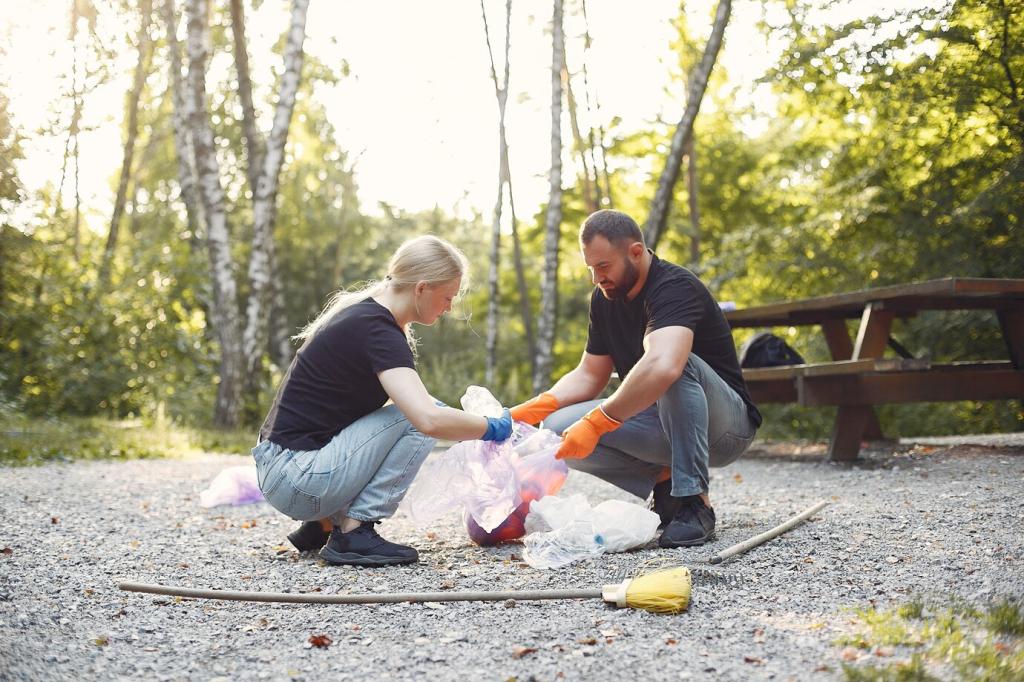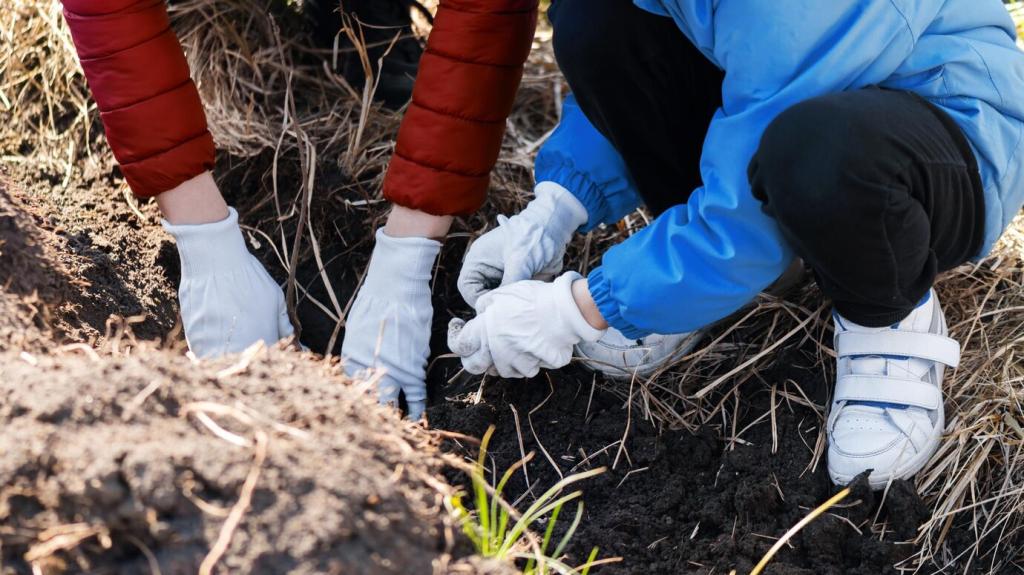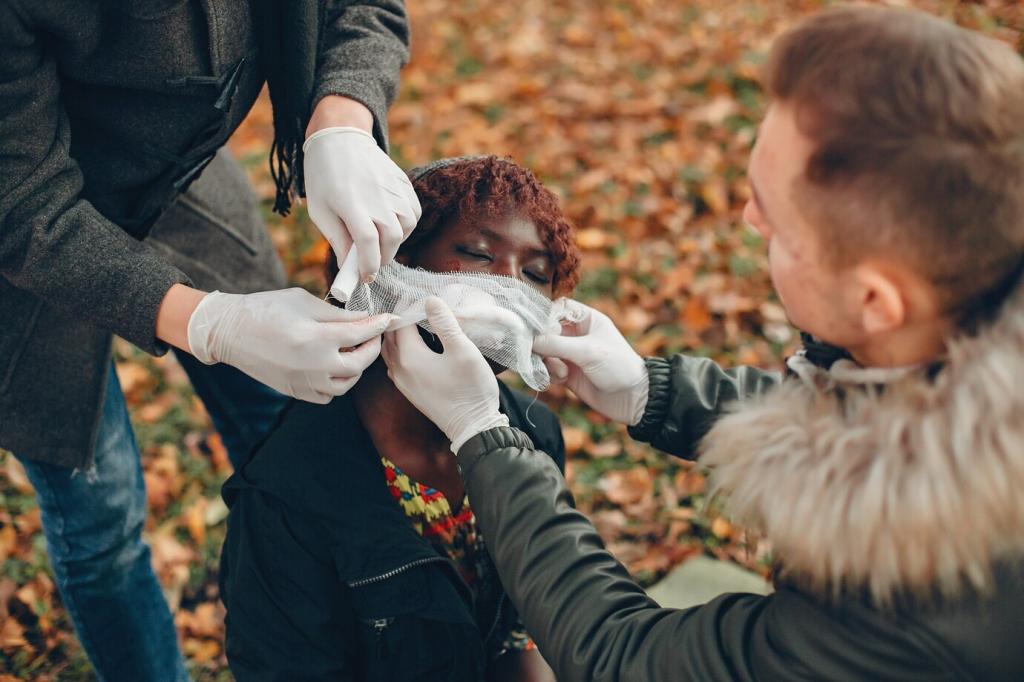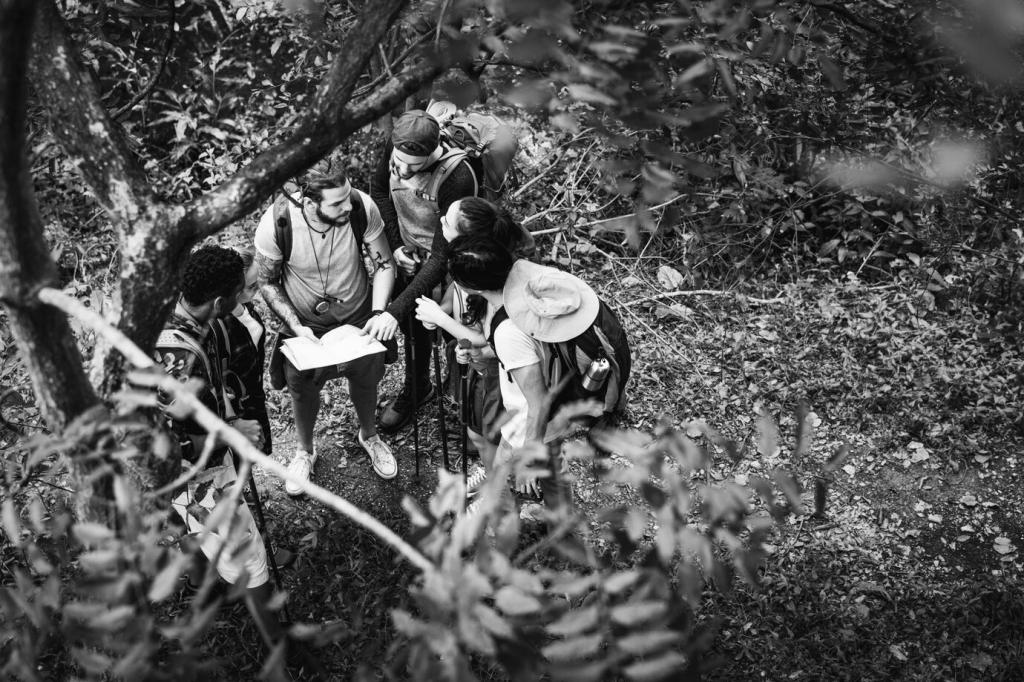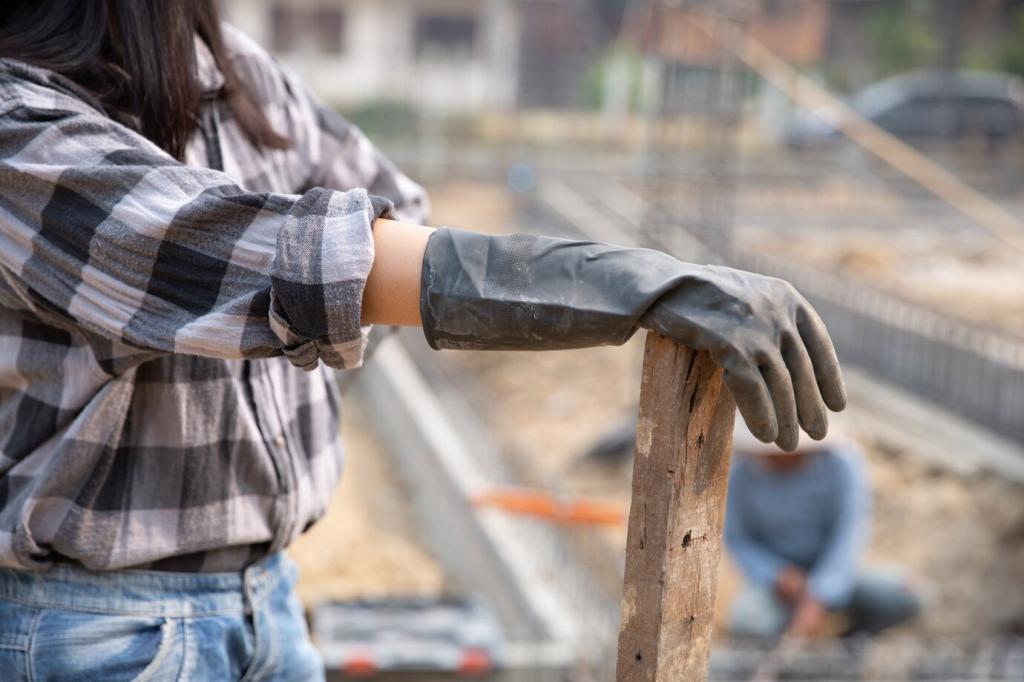Placemaking, Culture, and Storytelling
Host morning bird walks, kayak cleanups, and night markets with reusable service ware. Regular rhythms beat one-off events for building caretaking habits. What recurring program would keep people coming back to your waterfront?
Placemaking, Culture, and Storytelling
Invite elders, fishers, and historians to guide restoration goals and naming. In many cities, ancestral water practices offer practical wisdom on flows, seasons, and respect. Share a tradition from your region we should highlight in future posts.



